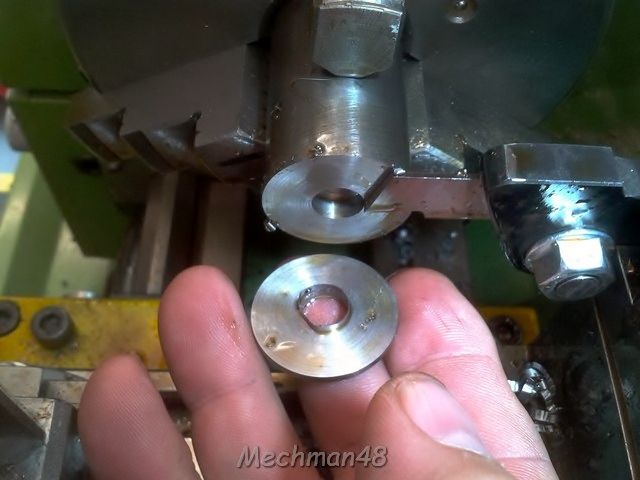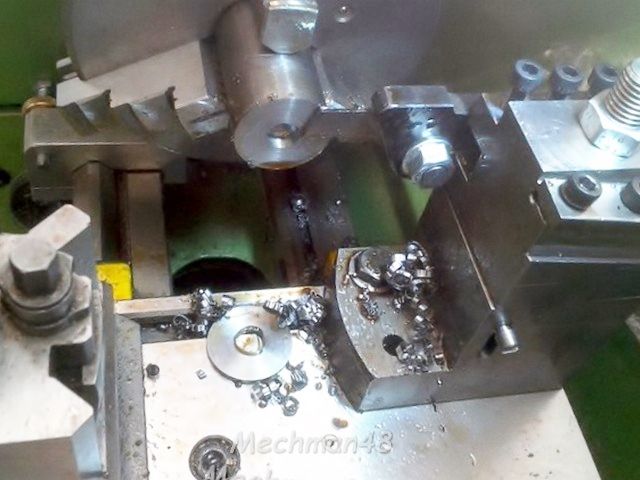Parting On a Hobby Lathe
Parting On a Hobby Lathe
- This topic has 68 replies, 33 voices, and was last updated 26 January 2015 at 19:46 by
 Vic.
Vic.
- Please log in to reply to this topic. Registering is free and easy using the links on the menu at the top of this page.
Latest Replies
Viewing 25 topics - 1 through 25 (of 25 total)
-
- Topic
- Voices
- Last Post
Viewing 25 topics - 1 through 25 (of 25 total)
Latest Issue
Newsletter Sign-up
Latest Replies
- Alternative linisher
- Watchmakers Lathe Question
- A 5cc version of the 1.3cc Mills Diesel.
- ME&W printed not being delivered
- New Control Box for Denford Triac
- The Honest John motoring website & forum will close in about 5 days.
- Enclosure works
- Faulty Warco 1630 Item 4085
- FreeCAD v1.0 tutorials
- Help in/nr Hereford





 forces. Rather than discounting the experiences of users who find success with upside down toolholders, I suspect that some machines (Myfords for one) are safest used with some degree of compliance in the tool holder.
forces. Rather than discounting the experiences of users who find success with upside down toolholders, I suspect that some machines (Myfords for one) are safest used with some degree of compliance in the tool holder.

